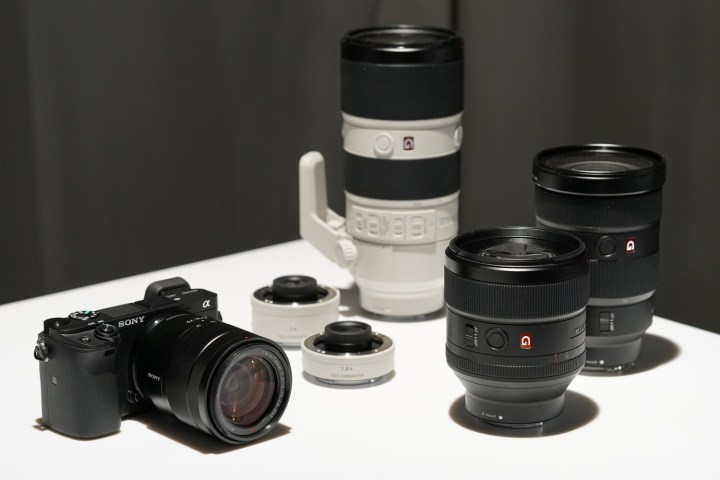
One company that had to shut down its plants was Sony. And as a result, it appears as though a number of recently announced products might not make it to market as soon as expected.
Updated on July 12, 2016: Sony Electronics announced that a previously delayed lens will be shipping this month, indicating that production may have resumed. Sony says production is ramping up, although there may still be challenges in getting back to full production.
A week ago, Sony Japan issued a statement noting that a handful of camera models could see a delay in distribution. Specifically, Sony mentioned its A7, A7R, A7S, A5100, A77 II, and A99 cameras, but noted that other models could be affected as well.

Sony Japn originally announced that its flagship G Master-series zoom lens, the 70–200mm f/2.8 GM OSS, will see a production delay as well. In addition Sony said the delay, which is said to push back release to September 2016, will also apply to its new 1.4x and 2x tele-converters. However, the recent pricing and availability announcement of the 70-200mm and tele-converters, in addition to a new Zeiss Planar T* FE 50mm f/1.4 ZA prime lens, indicates that production has gotten back on track.
Neal Manowitz, vice president of Sales and Marketing at Sony Electronics in the U.S., says production was ramping back up, but there would be short-term challenges. He provided no other details.
No specific reason was given for the delay of the lens and teleconverters, but considering the facilities destroyed in April’s earthquakes manufactured sensors, our guess is the delays are unrelated.
All information regarding these delays was derived from translated press releases from Sony Japan. We’ll be sure to keep you up to date on the latest information so you can get your hands on new Sony gear as soon as possible.
Editors' Recommendations
- Nikon’s new 800mm lens for Z-mount cameras lightens the load
- Sony teases ‘new concept’ Alpha series camera set to launch next week
- Sony’s A7S III is the ultimate 4K video camera, five years in the making
- Sony A6100 vs. Fujfilm X-T200: Best beginner mirrorless cameras compared
- Sony’s ZV-1 is an influencer-targeted upgrade to the best compact camera




